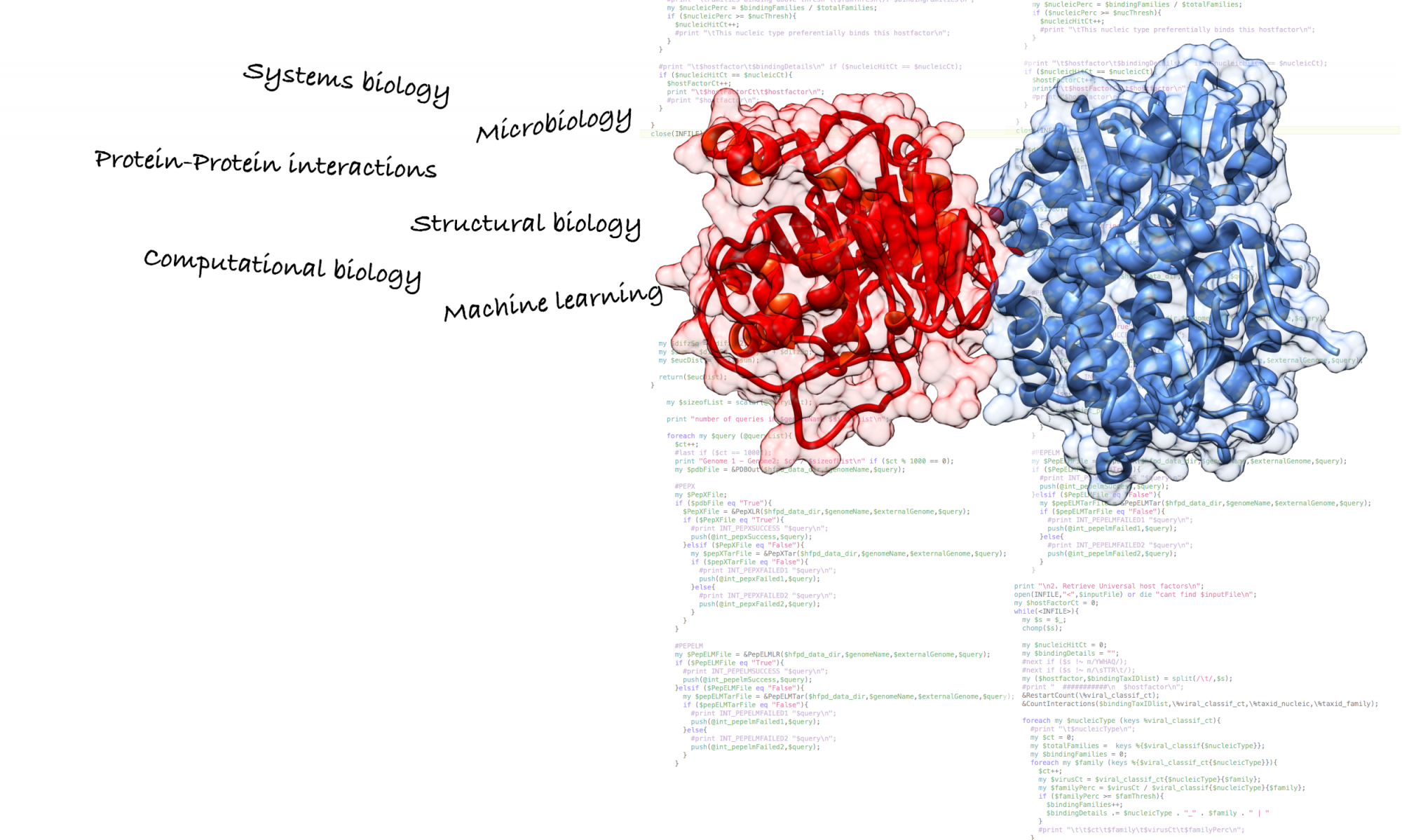In this outstanding work, Karr and colleagues describe the first computational model of an organism and set up grounds for future developments in systems biology.
One of the key challenges in modern biology is to model an organism as a whole. Doing this will enable us to predict an organism’s responses to certain conditions (e.g. exposure to drugs, gene modifications, or environmental conditions). Therefore, such a holistic approach will have a tremendous impact both in medicine and biotechnology. To model an organism requires a deep understanding not only of all pathways taking place but also of the inter-relationships between them. The work carried out by the scientific community to achieve this goal has been hampered for many years by the little knowledge extracted from experimental methods and the lack of a suitable computational approach. However, recent advances in high-throughput methods and in both software and hardware development have enabled us, for the very first time, to tackle this question with a stronger confidence.
These authors have simulated the cell cycle of 128 Mycoplasma genitalium cells (containing 525 genes) in a typical culture environment. For this, over 900 publications with more than 1900 experimental observations were considered. The total functionality of the cell was divided into 28 different sub-models (each pertaining to a particular biological process), which were assumed to be independent between themselves on short timescales but dependent in terms of variables determined by other sub-models, based on a given timescale.
The obtained results correlate well with other experimental data not considered for the training of the model, providing new insights into the molecular understanding of this organism and demonstrating that it is possible to classify cellular phenotypes by their underlying molecular interactions.
